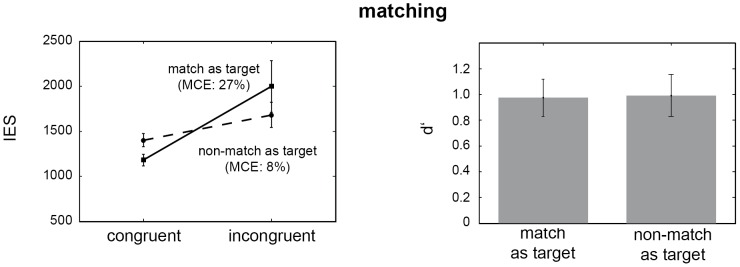Figure 3. Influence of pattern congruence and target definition in the visuotactile matching condition.

(Left) Mean inverse efficiency scores (IES), shown with standard errors (SE) for the detection of congruent and incongruent pairs of visual-tactile stimuli. The first group of participants (solid line) treated matching stimulus pairs as targets, whereas for the second group (dashed line) incongruent, non-matching pairs were defined as targets. Multisensory congruence enhancement (MCE) scores are displayed in brackets. IES indicate that stimulus congruence enhances detection performance, especially if participants treat congruent pairs as targets (‘match as target’ group). The MCE scores further support this finding. (Right) Mean d'-scores (with SE) for the ‘match as target’ (left) and the ‘non-match as target’ group (right). The d'-estimates do not differ between the two groups indicating comparable detection performance.
